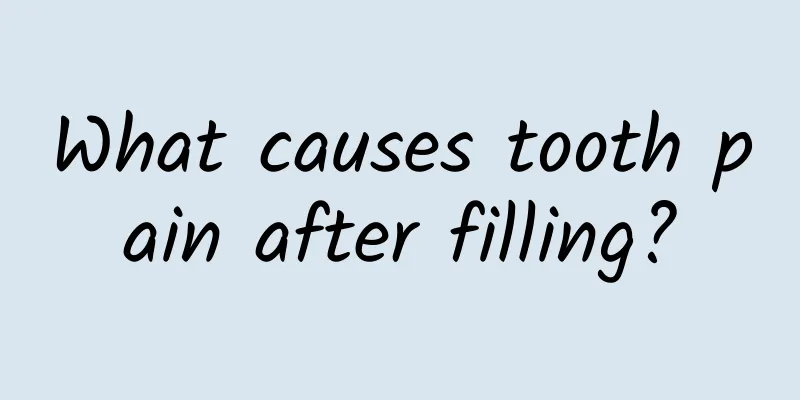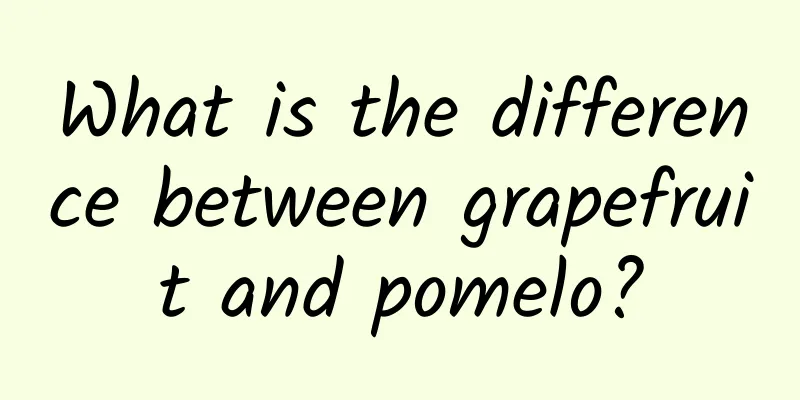What causes tooth pain after filling?

|
Some children experience toothache after having a filling. At this time, parents don’t understand why: Why does the tooth still hurt after treatment? Today, I will tell you several possible reasons. 1. Transient stimulation during treatment The first step in filling a tooth is to use a dental drill to remove the decayed part, and then fill the cavity with filling materials. If the cavity is deep (close to the pulp), the heat and pressure generated when grinding away the decayed tissue, the cooling water used to cool the drill, and even the filling material itself may stimulate the nerves inside the tooth. These stimuli may cause the pulp to become congested and sensitive, resulting in pain and discomfort in the treated tooth. At this time, parents can observe whether their children experience pain when drinking cold water or eating hot food, or feel uncomfortable when biting things hard, to help determine whether the cause of the pain is irritation of the pulp. If the above symptoms occur, you can observe them conservatively for a period of time, avoid eating too cold or too hot food, and temporarily use the other side of the teeth to eat. If the symptoms gradually ease, there is no need to be overly nervous. 2. Filling is too high It is difficult for children to accurately express their feelings, and the filling material may be too high. This will cause the tooth to contact the opposing tooth too early when biting, so that the bite force is concentrated on the tooth, causing pain. To determine whether the filling is too high, you can ask your child: Does the newly filled tooth feel uncomfortable? Or does the tooth on the other side of the filled tooth feel uncomfortable when biting? If this happens, parents should take their children to the hospital for treatment and adjust the height of the filling. 3. Progression of dental lesions When children have pulpitis, it may not always manifest as pain. There may only be cavities without any symptoms. In addition, deciduous teeth are not sensitive to pain, and children sometimes find it difficult to accurately express their feelings. Some children cry and refuse to cooperate during treatment. These factors will cause doctors to be conservative in their judgment of the condition, that is, to choose to retain the pulp and perform filling treatment for teeth that already have partial pulp inflammation. As the inflammation progresses, after a period of time, the affected tooth may develop pulp necrosis or even apical inflammation, which manifests as tooth pain or gingival swelling. If this happens, you need to go to the hospital for further diagnosis and treatment. 4. Food stuck in the gums Children report that they have "tooth" pain after a filling. Sometimes it is not necessarily tooth pain, but gum pain. Food stuck in the gums can cause gum pain, but children often express it as "tooth" pain. If this happens, you can ask your child to point out where it hurts and observe whether food is easily stuck between the teeth. If this is the cause, use more dental floss to clean up the stuck food. If the pain is still not relieved after eliminating this problem, you need to go to the hospital for further diagnosis and treatment. Summary: Several common causes of pain after tooth filling 1. Transient stimulation during the treatment process: You can observe conservatively for a period of time, avoid eating too cold or too hot food, and temporarily use the teeth on the other side to eat. 2. The filling is too high: Parents should take their children to the hospital for treatment and adjust the height of the filling. 3. Progression of dental lesions: Further diagnosis and treatment in hospital is required. 4. Food stuck in the gums: Increase the use of dental floss. If the pain is not relieved after eliminating this problem, you need to go to the hospital for further diagnosis and treatment. About the Author: Li Jiuying is a dentist at Beijing Children's Hospital affiliated to Capital Medical University. She graduated with a master's degree from Shanghai Jiaotong University and published a core journal paper titled "Study on the Effect of Customized Dentures with Different Properties on Stress Buffering Effect". She specializes in the following diseases: children's caries, pulp disease, periapical periodontitis, etc. |
<<: To what extent are potatoes considered sprouted (with leaves or bud marks, green in color)
Recommend
What kind of soup is nutritious during breastfeeding?
In our country, there is a practice of confinemen...
Three types of breast calcification
Category III breast calcification refers to the o...
What causes itching around the nipples?
Women must be familiar with the problem of breast...
This skin care will make you spend the summer easily
The facial patch is easy to use and has outstandi...
What does a female urine routine test include?
Anyone who has been in the hospital knows that, g...
Breast enlargement and pain
Have you had sexual intercourse recently? If you ...
Does diarrhea during the due date mean that the baby is about to be born?
Will I have diarrhea during labor? Does diarrhea ...
TCM treatment of endometrial hyperplasia
Perhaps everyone has heard of the disease of endo...
How long does it take for the lochia to be cleared after a normal delivery?
After giving birth, some strange fluids will be d...
How to care for the vagina? Three key points of vaginal care
The vagina is a particularly private organ for wo...
Lymphocyte ratio is high
For normal people, their reticulocyte counts are ...
Great Ways to Reduce Menstrual Pain
Every month women will experience unbearable abdo...
The appearance of a woman with everted auricle
Most fortune tellers who believe that ears are th...
How to maintain the uterus and ovaries
As a woman, you must ensure a high-quality life. ...









